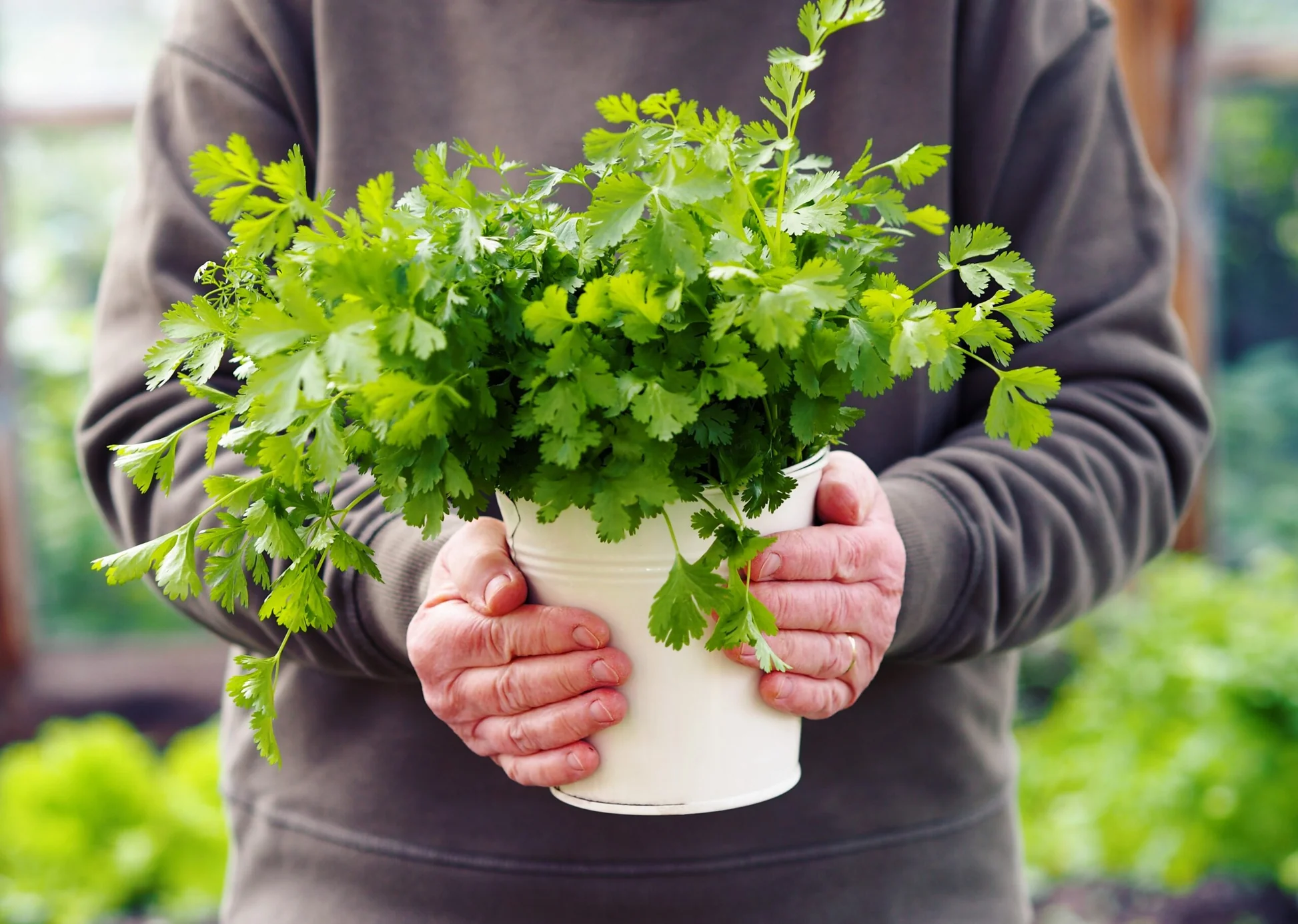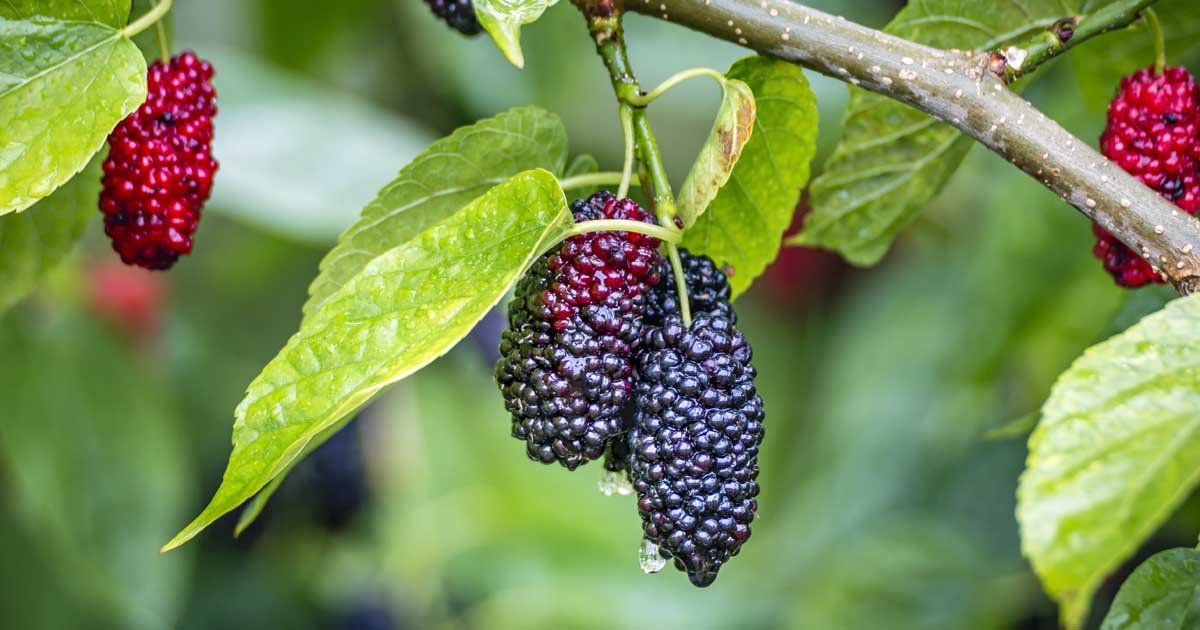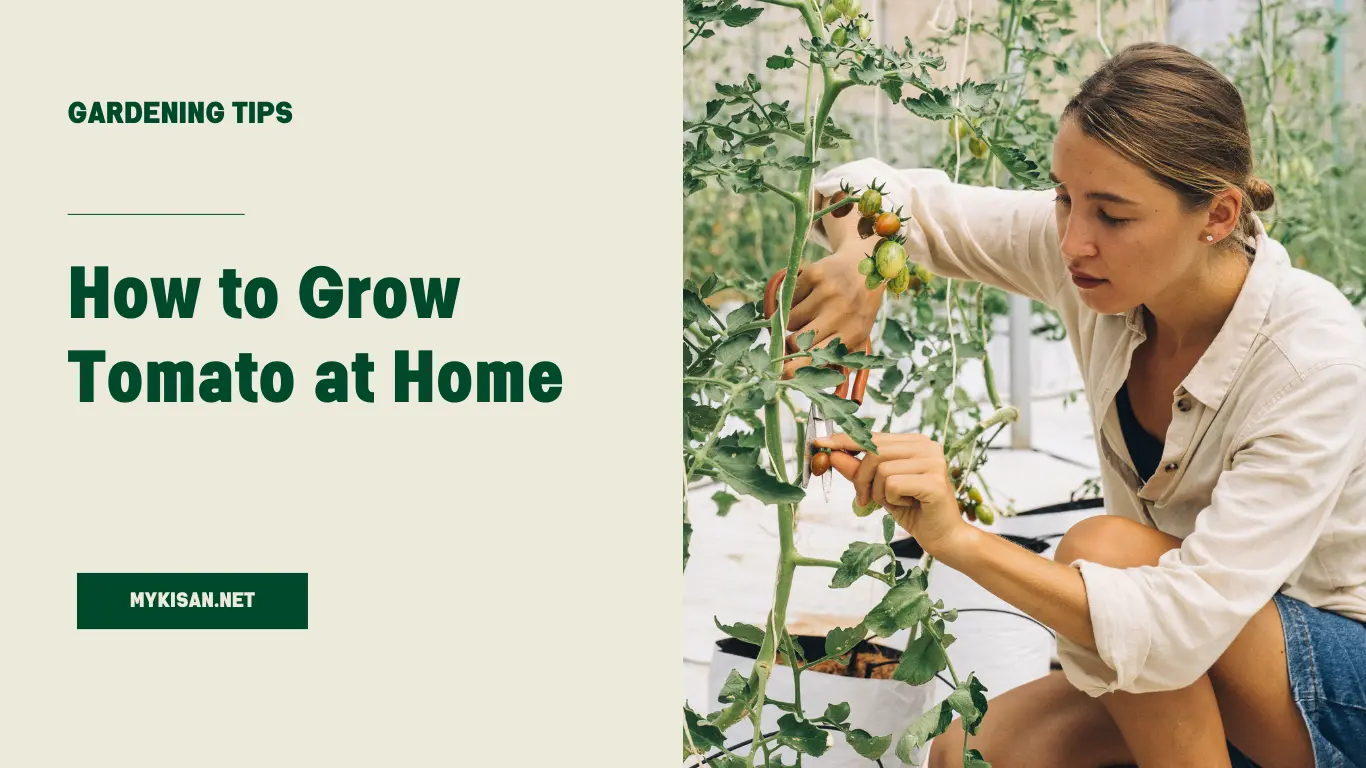
How to Grow and Prune Coriander | Some Tips to Promote Growth and Enjoy This Delicious Herb for Longer Periods
Coriander is more famously known as cilantro, which is one of the herbs ever in demand due to its fresh and citrusy taste in different cuisines. Though it is easy to grow, following proper care and pruning will help a person prolong the usage of this herb. Plant it indoors or in your garden, but with those basic tips already stated earlier, one should know how to grow coriander effectively and make the most out of the plant.
1. Choose the Right Location and Soil
Coriander is a cool-season crop and should be planted in a partially sun-rich area. While planting outdoors, your bed should receive almost 4-6 hours of sunlight daily. You should place it near a window that gets indirect sunlight when you are planting indoors.
- Temperature: It thrives well within the temperature range of 15°C to 28°C or 60°F to 80°F. Plants in hot climate areas do best when planted in the cooler seasons to avoid bolting.
- Soil: This should be well-draining, loamy, with highly organic matter. The addition of compost or organic fertilizers before the planting stage can prepare it for the right growing conditions.
2. Watering Techniques
Proper watering of coriander is one of the major concerns to be healthy and upright. Keep the soil moist but not soggy; overwatering causes root rot.
- Watering Frequency: Water when the top inch of soil has dried up. In periods of higher temperatures, check more frequently because the topsoil would have dried out rapidly.
- Drainage: Compartments or garden beds should ensure good drainage to avoid waterlogging, which can affect the plant roots.
- Prune Regularly for a Bushier Plant: Pruning will help your coriander avoid bolting and develop more leaves. Proper pruning keeps the plant healthy and extends the plant life cycle.
- Start pruning early: A coriander plant should start being pruned when it reaches a height of 4-6 inches. Take sharp and clean scissors or garden shears and cut the outer leaves, snipping just above the node, which is that point on the plant where leaves meet the stem.
- Gradual harvesting: One must always cut the leaves from the outside first and should not cut more than one-third of them at any given time so that the plant keeps growing healthy and strong.
Prune regularly: By pruning regularly, the plant will be bushier and take some more time to flower, signaling the end of its life.
4. Avoid Bolting
Bolting is a term related to the flowering of coriander; this happens due to stress or coming into warm temperatures. After the coriander has started flowering, it is less flavorful. Here’s how you can avoid this:
- Keep it cool: Plant coriander in spring or fall or grow it in partial shade to avoid exposure to too much heat.
- Pinch off flower stalks: They must be taken off immediately once you see them begin to form; this will help the plant put its energies into producing leaves rather than seeds.
5. Fertilizing for Growth
Coriander does not require great fertilization, but on occasion, feeding encourages its healthy growth. One can use organic or balanced fertilizer at about every 2-3 weeks of its growth period.
- Fertilizer Selection: Utilize a light and watered fertilizer to avoid overfeeding. Too much nitrogen will result in leggy growth with fewer leaves.
- Mulching: Spread a thin layer of mulch around the base of the plant. This mulching helps retain soil moisture and keeps roots cool.
- Best Time to Harvest: The best time for harvesting coriander is when there are plenty of big leaves on the plant. Always harvest in the morning, because the essential oils, which give the flavor to the leaves, are most concentrated at this time of day.
- Continuous harvesting: To have a continuous supply of coriander, one should make regular cuts on the leaves when the plant has grown at least 6 inches tall. This will prevent the plant from overcrowding and it will grow new leaves.
Freeze or dry excess coriander you cannot use. While freshly dug, it is kept in the refrigerator for a few days but can be used for months after freezing or drying.
7. Companion Planting
Coriander is a good companion with other herbs and vegetables like dill, parsley, and carrots. Companion planting not only saves space but generally improves the health of your garden altogether. However, avoid planting coriander near any plants that would need much nitrogen since this could be detrimental to its growth.
8. Coriander Varieties
There are a few varieties of coriander to choose from, depending on your liking and climate. Some varieties include:
- Leisure: This variety is a slow-bolting type that does very well for continued leaf production.
- Santo: Does exceptionally well when grown in warmer climates due to its bolting resistance.
- Caribe: A variety that boasts a very good leaf yield and is resilient at either high or low temperatures.
9. Common Problems and Solutions
Like all plants, coriander has pests and diseases. The common ones are:
- Aphids and whiteflies: These insects occasionally attack leaves. Occasional use of organic insecticidal soap or neem oil keeps them away. Fungal diseases: The plant is prone to fungal infection, especially powdery mildew, due to excess watering. Enough spacing among plants and proper aeration prevent fungal diseases.
- By following these tips on growing and pruning, you will be able to enjoy fresh coriander from your garden or indoor herb collection for a longer period. Regular pruning combined with considered watering and prevention of bolting will help to ensure a constant supply of this great-tasting herb.
10. Enjoy Coriander for a Longer period
The above tips on growing and pruning will extend the time in which you can enjoy fresh coriander from your garden or indoor collection of herbs. Regular pruning, along with conscious watering and prevention of bolting, is what will keep the regular supply of this flavored herb coming.








